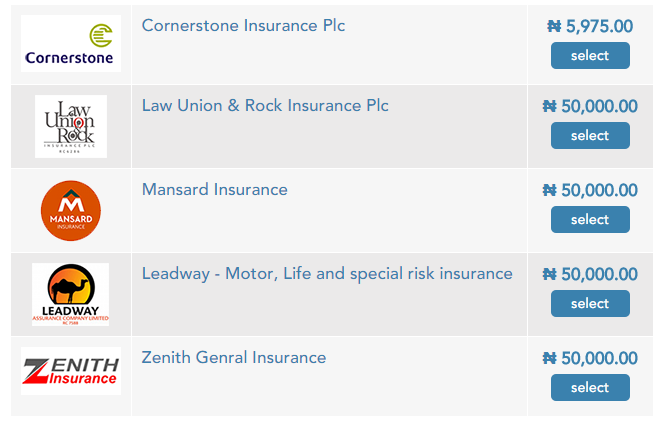
Adam Judd
Managing Director
There are two possible approaches to architecting an insurance aggregator website. The first approach (web service model) connects the aggregator website to the insurer’s system by a series of API calls. The second approach (all-in-one model) handles everything under one website.
In both models, once you have defined the insurance product(s) you wish to offer (e.g. Private Car / Van, Home / Contents, etc.), you then need to negotiate and agree with the insurers/intermediaries that they are willing to offer their online products via your aggregator service.
The insurers will be looking for you to invest substantial sums to market your service.

Web Service Model
There are two stages to quote retrieval. Firstly, some basic rules are supplied to the aggregator. For example, for a motor policy, only drivers aged over 21 may be acceptable.
Then, secondly, if these rules are passed, the aggregator will make a call over the internet to the insurer’s system (via a web service API) that will supply the policy information entered on the aggregator’s site. Then, the response from the web service will return the premium amount and a web address link to a landing page on the insurer's site for the client to click on to proceed with the quote. It will be important that this call is returned within 1 – 3 seconds.
The quote is accepted, payment is taken, and documents generated by the insurer’s website.
Pros
- All premium calculations are created and maintained by the insurer.
- Less maintenance cost associated with rates and rule changes for the aggregator provider.
- In mature markets, the insurer may already have an existing web service that could be exposed to your new aggregator platform.
Cons
- All insurers require development capabilities to provide web services into their system.
- Insurer participation will require a major commitment and some cost if they are to use your service. They will need to be confident that it will be worth their effort.
- The insurer will have to have their own existing online Quote and Buy system.
All-in-one Model
In this model, the customer never leaves the aggregator website. All policy information is still captured on the aggregator website and the premium calculations are performed within the aggregator website. The customer selects the provider they would like. Then payment is taken and documents are generated by the aggregator site.
The policy information can be exported via a batch transfer to the insurers' backend systems.
Pros
- Everything can be transacted on the same site.
- Doesn’t require complex integration with insurer’s systems.
- Can be adopted in markets where there are not existing online Quote and Buy systems.
Cons
- Premium calculations must be implemented and maintained by the aggregator. This can be a significant overhead. A rule engine would help maintainability under these circumstances.
